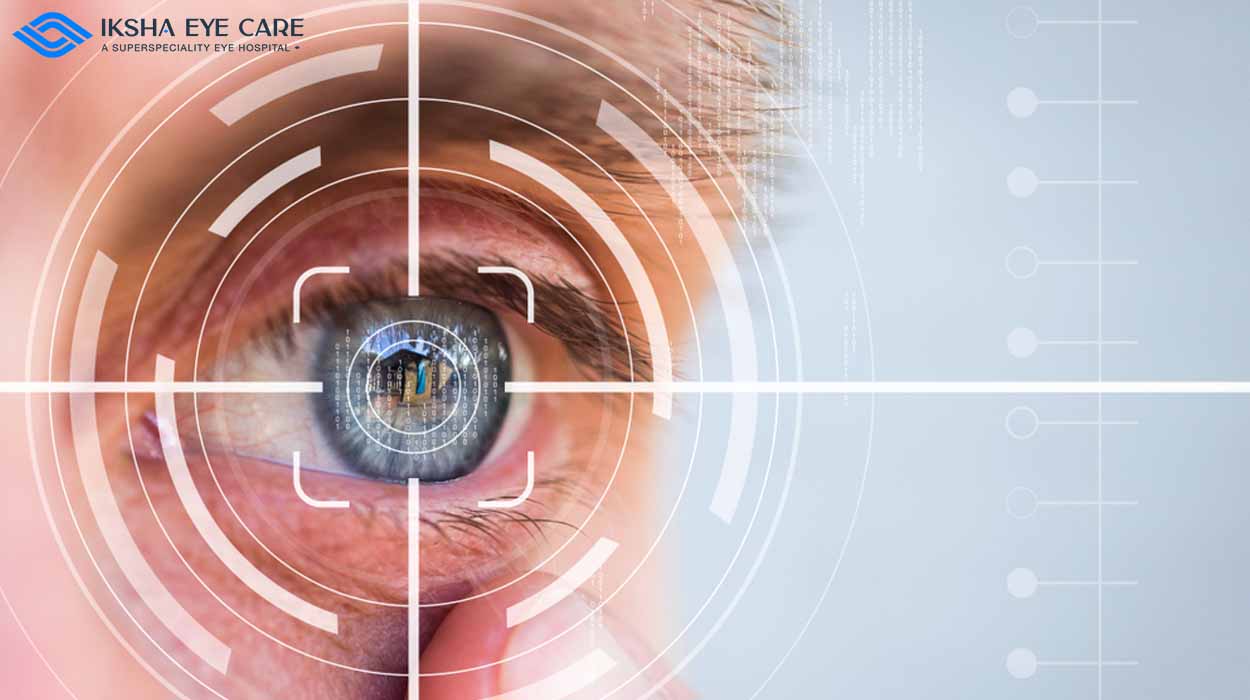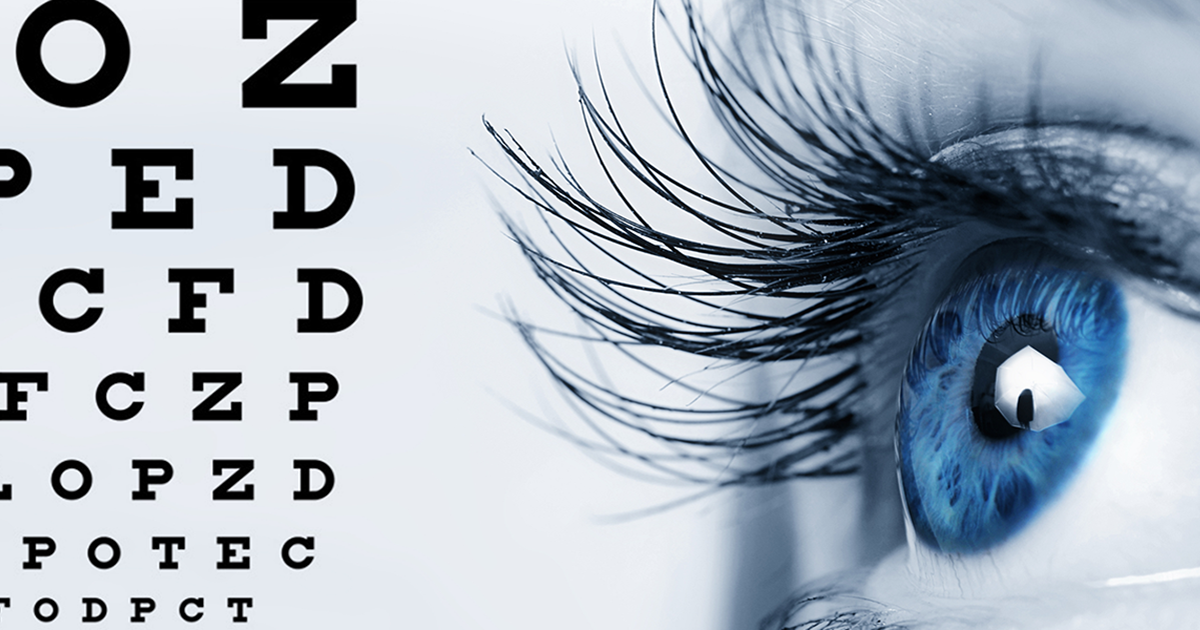Top Quality Retina Service Near Me: Leading Eye Care Providers
Top Quality Retina Service Near Me: Leading Eye Care Providers
Blog Article
The Duty of Advanced Diagnostic Tools in Identifying Eye Disorders
In the world of ophthalmology, the application of sophisticated diagnostic devices has reinvented the early recognition and management of numerous eye disorders. From detecting subtle changes in the optic nerve to checking the progression of retinal conditions, these technologies play an essential role in improving the precision and efficiency of detecting ocular conditions. As the need for precise and prompt medical diagnoses remains to expand, the integration of sophisticated tools like optical coherence tomography and aesthetic field testing has actually become important in the world of eye care. The elaborate interaction in between technology and ocular techniques not only clarifies detailed pathologies but likewise opens up doors to customized treatment methods.
Importance of Early Diagnosis
Very early medical diagnosis plays a crucial duty in the effective management and treatment of eye conditions. Timely identification of eye conditions is vital as it permits punctual treatment, possibly avoiding further progression of the illness and reducing long-lasting issues. By detecting eye disorders at a beginning, doctor can use proper treatment plans tailored to the particular condition, inevitably leading to far better end results for people. Very early medical diagnosis allows patients to accessibility essential assistance services and resources earlier, enhancing their overall quality of life.

Modern Technology for Discovering Glaucoma
Cutting-edge analysis technologies play a critical role in the very early detection and tracking of glaucoma, a leading reason of permanent loss of sight worldwide. One such technology is optical comprehensibility tomography (OCT), which provides in-depth cross-sectional pictures of the retina, enabling for the dimension of retinal nerve fiber layer thickness. This measurement is crucial in evaluating damages triggered by glaucoma. Another innovative device is visual field screening, which maps the level of sensitivity of a patient's visual area, helping to find any areas of vision loss attribute of glaucoma. In addition, tonometry is used to measure intraocular pressure, a significant threat factor for glaucoma. This test is vital as raised intraocular pressure can cause optic nerve damages. Newer innovations like the use of man-made knowledge algorithms in examining imaging information are revealing encouraging outcomes in the very early discovery of glaucoma. These innovative analysis devices make it possible for eye doctors to detect glaucoma in its very early stages, enabling timely intervention and better management of the disease to stop vision loss.
Role of Optical Comprehensibility Tomography

OCT's capacity to measure retinal nerve fiber layer thickness enables for accurate and objective dimensions, aiding in the very early detection of glaucoma also before aesthetic field issues emerge. OCT modern technology permits longitudinal surveillance of structural modifications over time, facilitating individualized therapy plans and prompt treatments to help protect patients' vision. The non-invasive nature of OCT imaging likewise makes it a recommended choice for keeping an eye on glaucoma development, as it can be repeated consistently without causing discomfort to the person. Overall, OCT plays an important duty in enhancing the diagnostic accuracy and monitoring of glaucoma, inevitably contributing to much better end results for people in danger of vision loss.
Enhancing Medical Diagnosis With Visual Area Screening
An essential component in comprehensive ophthalmic examinations, visual area screening plays an essential duty in boosting the analysis procedure for various eye disorders. By assessing the full extent of a client's aesthetic area, this examination gives crucial details about the functional integrity of the entire visual pathway, from the retina to the visual cortex.
Visual field screening is specifically useful in the medical diagnosis and administration of conditions such as glaucoma, optic nerve disorders, and various neurological diseases that can affect vision. Via measurable dimensions of outer and central vision, clinicians can spot subtle adjustments that might suggest the presence or progression of these problems, also before recognizable signs and symptoms happen.
Additionally, visual area testing enables the tracking of treatment efficiency, aiding ophthalmologists tailor healing treatments to individual patients. eyecare near me. By tracking adjustments in visual area performance over time, doctor can make educated decisions regarding adjusting medicines, recommending medical interventions, or applying other ideal see page steps to preserve or boost a client's aesthetic feature
Handling Macular Deterioration

Final Thought
Finally, progressed diagnostic tools play a vital function in determining eye conditions at an early stage. Technologies such as Optical Coherence Tomography and visual area screening have substantially boosted the precision and effectiveness of identifying conditions like glaucoma and macular degeneration. Early discovery permits prompt treatment and administration of these disorders, inevitably bring about far better results for clients. It is critical for medical care specialists to stay updated on these innovations to supply the very best possible take care of their individuals. eyecare near me.
Report this page